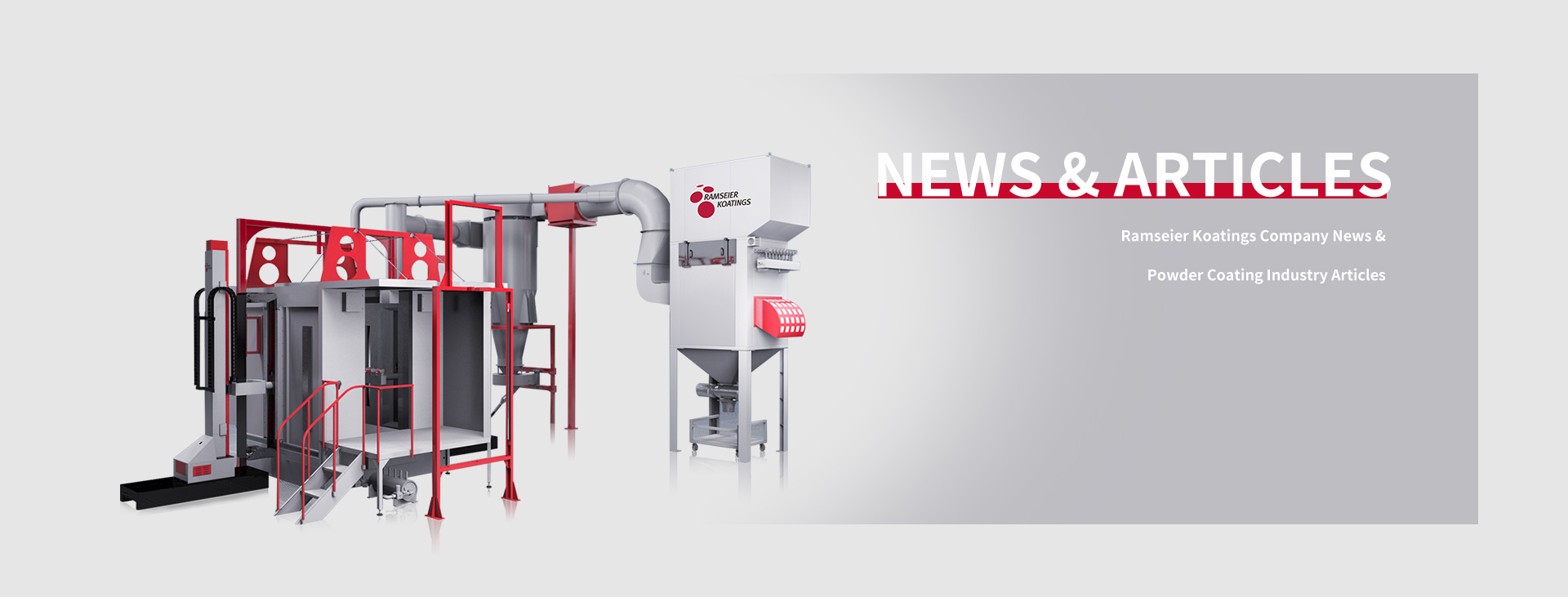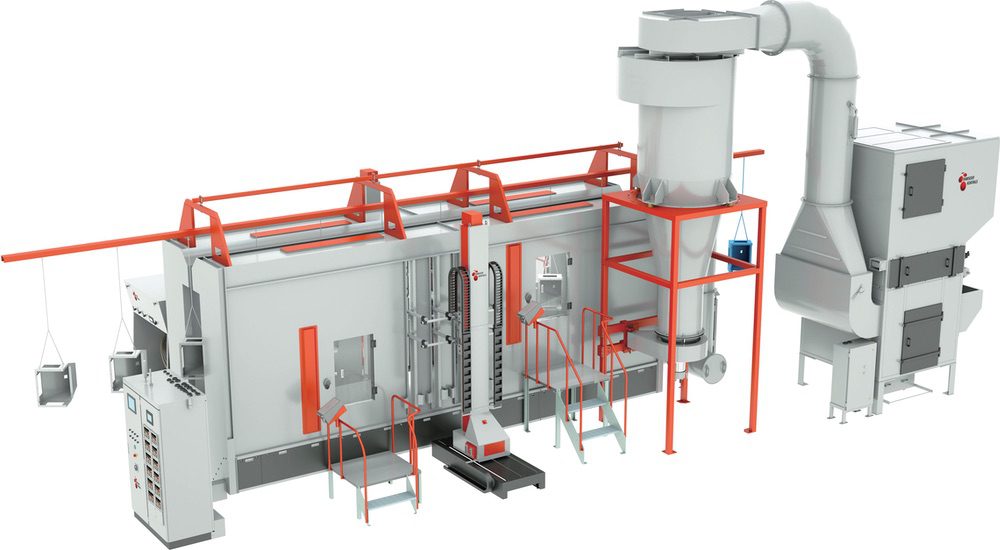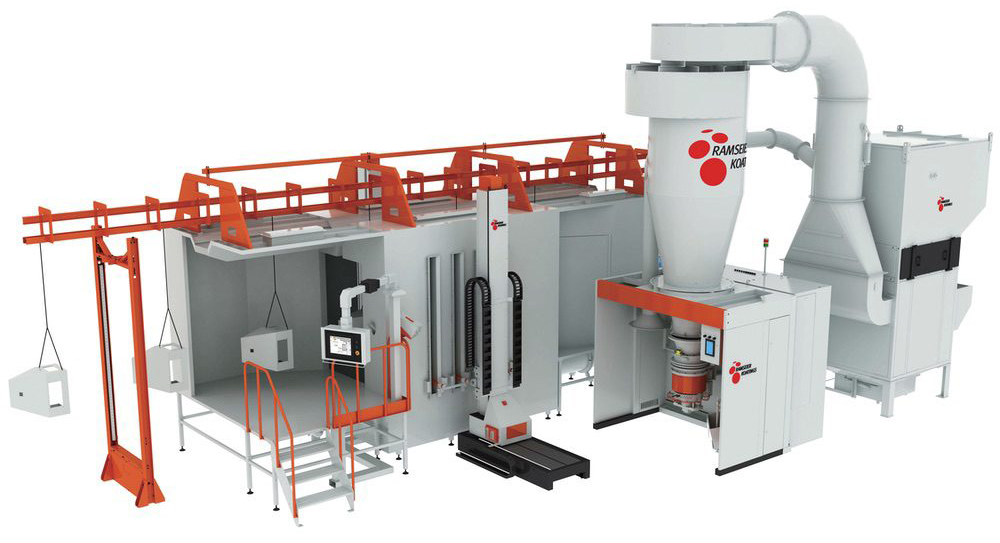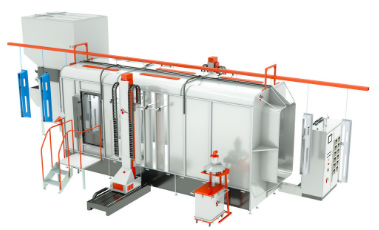
+852 2363 2511








Powder coating is the final step in the manufacturing process. A process that offers the final product or part a texture, color, or protective cover. Most end products and components parts have a personalized powder-coated finish. Some of the examples include wheelchairs, appliances, furniture, car parts, tools, and fencing. It’s a process that spans industries due to its ability to design a durable yet appealing finish.

It’s a dry finishing technique that has become famous since it was introduced in N. America in the 1960s. You apply powder coating as dry powder via an electrostatic process; then, it’s cured using heat. It’s appropriately known for offering top-quality finishes regarding overall look and functionality. Since powder coating was introduced about four decades ago, it has popularly grown, and now many manufacturers of typical homes and industrial products are using it. It represents above 15 per cent of the overall industrial finishing sector as the powder is employed in a wide range of products. Many organizations choose powder coatings for a durable finish, high-quality, improved efficiencies, allows maximized production, and environmental compliance. People use it for decorative finishes and functional (protective) as it’s available in a limitless textures and color range and technological advancements that result in significant performance properties. Powder coating finishing is not just flexible but also sturdy as well. You can use it on steel, metal, concrete, and plastic surfaces, as it’s great for outdoor and indoor applications and is among the most affordable finish options.
How Powder Coating WorksNow that you have a hint of what powder coating is and it’s a durable process, you should learn more about how it works and why it’s better than regular paint for many applications. As an electrostatic process, it employs an electric charge and a dry powder to create the last finish, as mentioned earlier. To make the powder, you can use curatives, polymer resins, leveling agents, and pigments. You then melt together these ingredients and then pound them into an exact powder in the texture of baking flour. Powder coat has numerous decorative textures and colors; you can find a custom color you’ll require for any parts, and it also can protect objects from corrosion. For powder coatings application, you can employ a process known as electrostatic spray deposition (ESD), which offers an electrostatic charge to the powder. When the powder particles charge, they get attracted to that grounded metal part. Its attraction makes the powder stick to the region.
The Powder-Coating ProcessAn increasingly typical way to give metallic products a protective or attractive layering is powder coating. Unlike liquid paints, the powder coating is a dry element that can’t run or drop when applied. However, metals such as steel or iron are frequently used for powder coating, and non-metallic materials such as ceramic, wood, and glass benefit. It’s a process that entails using electrostatically charged particles on the substrate’s surface. An electrostatic cannon receives the powder from a feeder unit in a simple powder-coating system. The feeder device likewise manages the powder flow to the gun. A diffused cloud of powder is released from the pistol. The charged particles seek for and cling to the substrate's surface when paired with an electrical field charge produced by a low-amperage power unit. Upon applying the coating, curing is the next step in that process. It involves baking the workpiece in a specially-made oven. Curing boosts coating adhesion and leads to the formation of protective skin. Generally, you perform curing at 400 F for about 20-30 minutes; however, the parameters vary depending on the kind of powder coating. Also, surface pretreatment or preparation is essential to help achieve a successful powder-coating result. It involves removing grease, dirt, oil, and other materials through mechanical, chemical, or physical methods to wash the face and enhance coating adhesion. Preparing the workpiece using chemical compounds will improve the coating's performance, corrosion resistance, and durability.
Take awayAbove is the outlined basic powder-cutting process and some factors manufacturers should consider to decide whether the powder-coating process is optimal for their specific coating application. For more information on commercial and industrial manufacturers, visit the Ramseier Koatings. They aim to provide their customers with the highest quality powder coating equipment worldwide.
|



